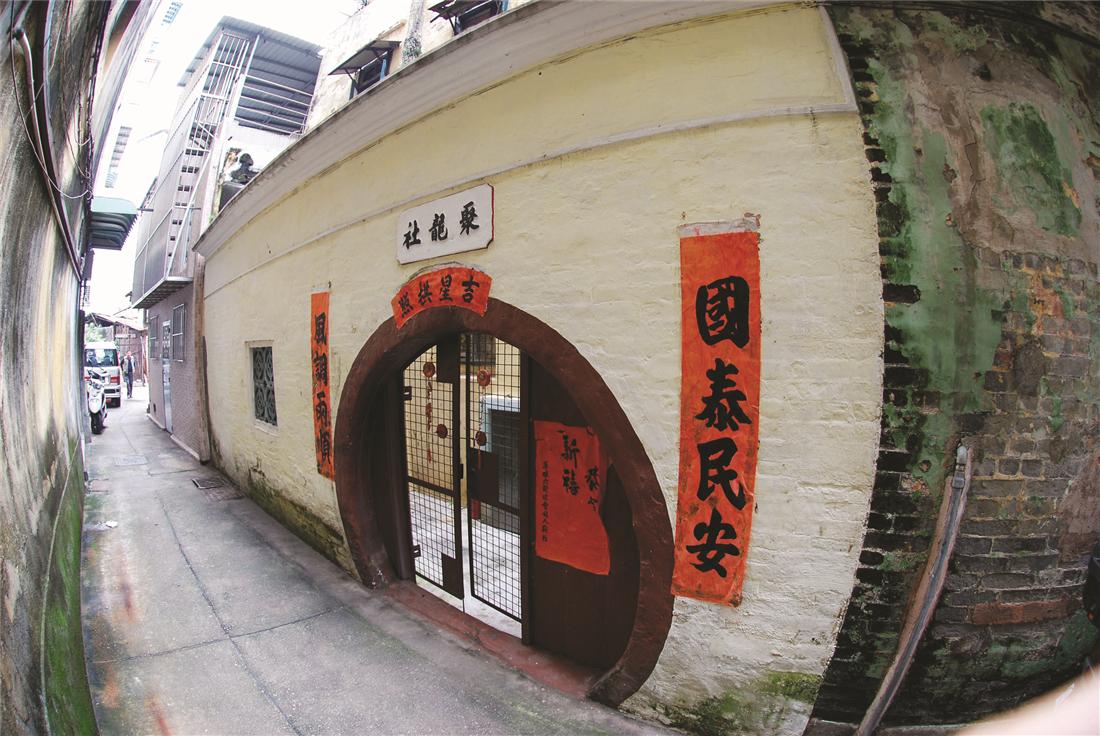
Rua dos Ervanários
During the reign of Emperor Kangxi of Qing dynasty, a branch of the Maritime Customs Service of Guangdong province, known as “Guan Bo Hang Toi” (Customs Service Branch), was set up in Macao within the proximity of today’s Rua dos Ervanários. The Chinese community by then called the street running in front of it as “Guan Chin Kai” (the street in front of the Customs office). In 1849, the Macao Portuguese government pulled down the “Guan Bo Hang Toi” and announced the official name of the street in front of it as “Rua dos Ervanários”. But its Chinese transliteration remains as “Guan Chin Kai”.
Address: Rua dos Ervanários, Macau
Going to next stop: 2 minutes’walk
Address: Rua dos Ervanários, Macau
Going to next stop: 2 minutes’walk
Last Update :
Please use Chrome.
© Municipal Affairs Bureau, All rights reserved
Please use Chrome.
© Municipal Affairs Bureau, All rights reserved










